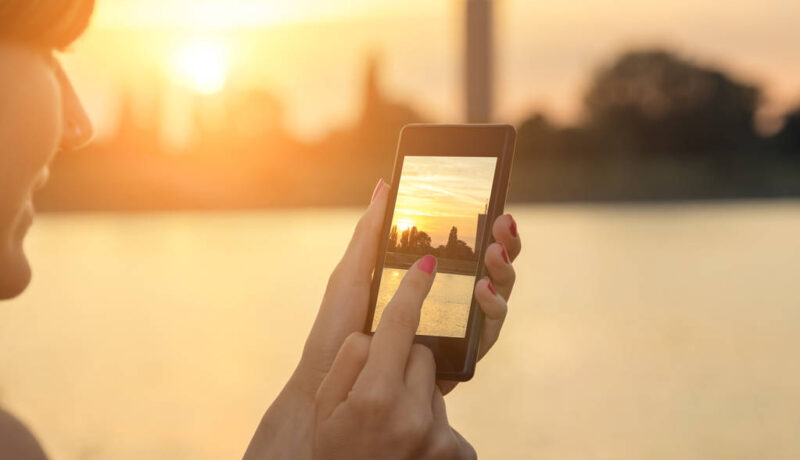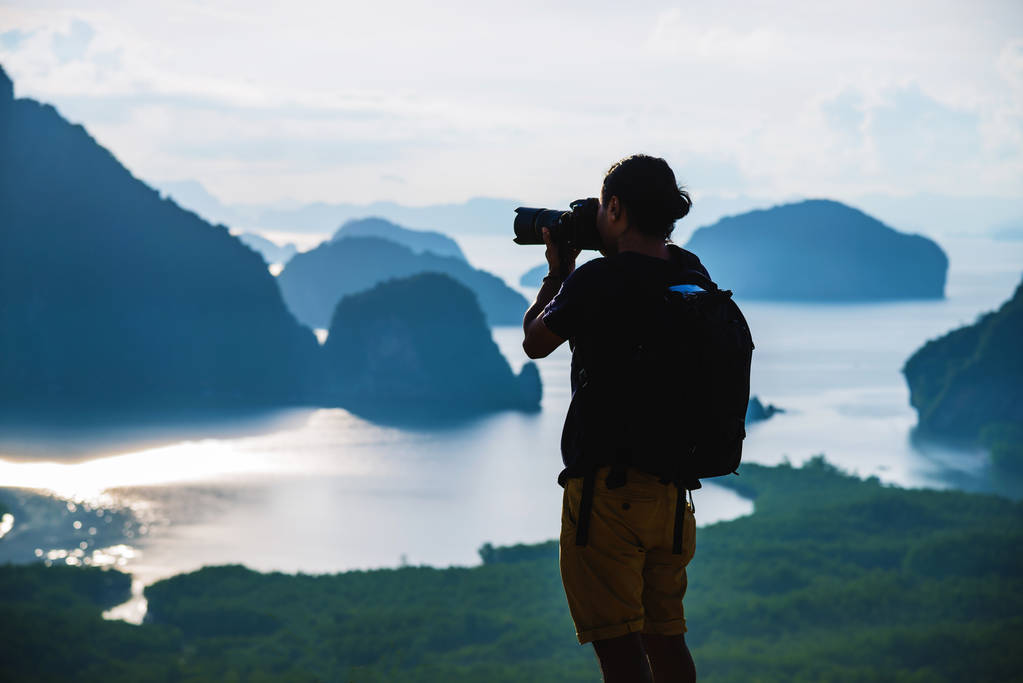Shooting on the Go: Travel Photography with a Smartphone vs. DSLR

Capturing the ultimate travel moment needs more than an excellent eye—also the best camera. Some travellers are staunch advocates of their faithful DSLR, while others trust their mobile phones for simplicity. Both of them have strengths and weaknesses, and the right choice relies on the quality of images, how portable it is, and what kind of shoot it can be used for. No matter if you are documenting a girls getaway Sunshine Coast experience or venturing into rugged environments, understanding the strength and weaknesses of each device will enable you to make the best decision.
Portability and Convenience
Travel photography tends to involve having long days spent exploring, hiking, and walking new terrain, so portability is a necessity. Smartphones have an obvious advantage in this regard, slipping into a pocket or a small bag without any weight added to your kit. They also permit instant access—just pull out your phone, tap on the screen, and take a shot in seconds.
DSLRs do come with the ownership of a specialised bag, lenses, and accessories, which are bulky, particularly when one travels with not too much baggage. Lens switching and setting adjustments take time, so some spontaneous moments may be lost. But for those who prioritise image quality over convenience, owning a DSLR may be an effort worth making.
Image Quality and Control
One of the greatest strengths of a DSLR is its capability to produce high-resolution images with great dynamic range and depth. The use of interchangeable lenses makes it possible to have more control over focal length, allowing the photographer to test wide-angle, telephoto, or macro photos. Manual setting also allows it to have flexibility, providing the proper exposure, focus, and sharpness even during bad lighting conditions.
Smartphones have evolved significantly in camera technology, with high-end devices sporting advanced computational photography, AI-driven improvements, and capable night modes. While their smaller sensors are disadvantaged in low-light situations compared to a DSLR, HDR, portrait mode, and real-time editing capabilities can compensate for some of the deficits. For the amateur photographer, modern smartphones are generally more than sufficient.
Versatility and Shooting Modes
DSLRs have a range of shooting modes and manual controls that enable photographers to have complete control over their photos. Manipulation of shutter speed, aperture, and ISO provides for artistic effects like long exposure photographs, light trails, and bokeh backgrounds.
Smartphones, conversely, are based around instant shooting, commonly using AI and auto adjustments. Yet they have become much more diversified with integrated wide angle and telephoto lenses, night photography capabilities, and RAW shooting modes. They do not have the same degree of accuracy as a DSLR, but they perform well enough for day-to-day travel photography.
Low-Light and Night Photography
Low-light conditions set professional cameras apart from smartphones. A DSLR, with a larger sensor and the option to change lenses, handles low light better without unwanted noise or detail loss. Manual control of ISO and shutter speed allows for breathtaking nightscapes and star-filled skies.
Smartphones have greatly enhanced their night camera performance with software-based processing. Numerous high-end phones utilise night mode, stacking images on top of each other to minimise noise and maximise brightness. The outcome is not quite as defined as a well-exposed DSLR image, but impressive considering the small package of a phone.

Editing and Sharing on the Go
Travel photography is not only about capturing images—it’s also about sharing them. Smartphones provide an effortless experience, with instant editing and social media uploads. With Lightroom Mobile, Snapseed, and VSCO apps, users can edit their images instantly without a laptop.
A DSLR necessitates file transfer to a computer or tablet for appropriate post-processing. Although this workflow permits more in-depth adjustment with professional editing software, it’s less convenient for people who wish to share their photos in real-time.
Battery Life and Storage
Another often-forgotten element of travel photography is battery life. A smartphone is a multi-tasking device, so the battery gets used up faster when capturing photos, finding one’s way around, and being online. Having a power bank is important for long periods of shooting.
DSLRs have longer-lasting batteries, with some models capable of taking hundreds of shots on a single charge. However, once the battery runs out, you’ll need access to a power source or spare batteries. Storage is also a factor—DSLRs use memory cards that can be swapped out, whereas smartphones rely on internal storage, which fills up quickly with high-resolution images and videos.
Choosing the Right Camera for Your Travel Style
At the end of the day, whether a smartphone or DSLR depends on what kind of traveller you are. If you like easy packing, on-the-spot shooting, and real-time sharing, an expensive smartphone is your friend. If image quality, control, and expert outputs are top on your agenda, a DSLR is still the best.
For most tourists, the ideal solution is a mix of both—a smartphone for instant, in-the-moment shots and a DSLR for taking quality snaps in premeditated environments. Whichever device you use, the key is to have fun along the way and record your travels on your own terms.
